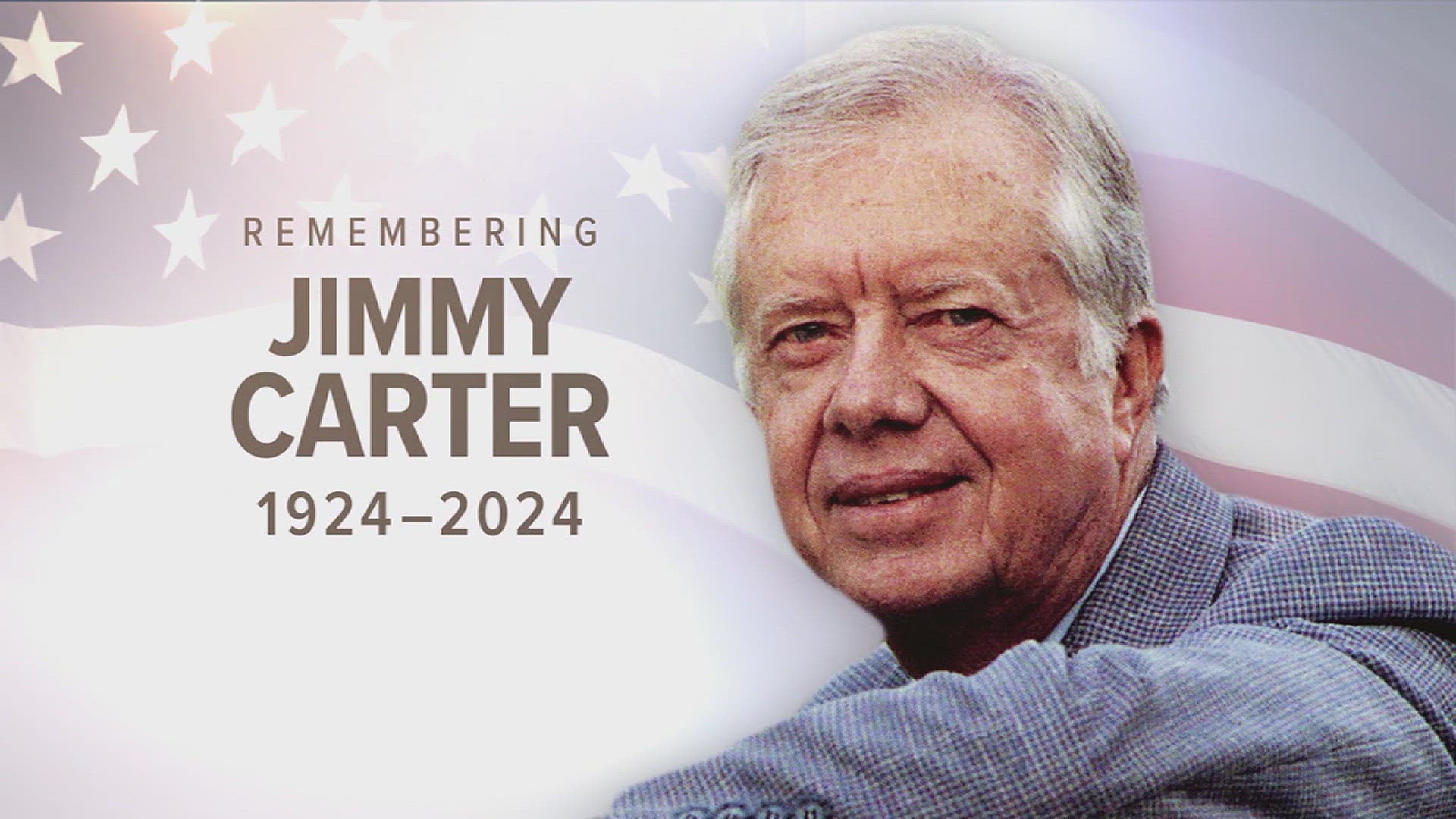(Akiit.com) On October 13, the US Coast Guard nabbed 18 persons off Mission Bay near San Diego. The 18 were foreign nationals being smuggled into the country. The story like others that involve the traffic in human cargo garnered scant press attention. But what made the capture of the 18 even more noteworthy was that they were captured at all. Thousands more aren’t. They are part of the trade in human beings who work at forced jobs for subsistence or no wages, and are held in virtual captivity. The modern day slave trade nearly equals the illicit drug and arms sale trade as one of the biggest criminal operations in the world. An International Labor Organization report estimates that some two-and-a-half million people are trafficked from one country to another yearly and these forced laborers generate more than 30 billion dollars in illicit profits annually, half of it in industrialized countries.
The captives work in plants, factories, farms, hotels and restaurants and in prostitution and sex rings. The traffickers use coercion, fraud, physical abuse and even torture to prevent the captives from complaining to authorities, or demanding minimal pay. Language barriers, unfamiliarity with laws, and physical isolation are major obstacles that prevent many captives from complaining about their servitude.
Five years ago the University of California Human Rights Center in conjunction with the Washington DC based Free the Slave, an anti slavery advocacy group, released a landmark study, “Hidden Slaves: Forced Labor in the United States.†The center estimated there were 10,000 persons held as captive laborers in the country then. According to federal figures the number has soared to more than twenty times that since then. Not For Sale, a global anti-slavery advocacy group, estimates that nearly 20, 000 forced laborers are brought into the U.S. every year. Long and porous borders, lax customs checks, open seas, and the insatiable demand of agribusiness, manufacturing and service industries for cheap labor make the U.S. a prime destination for the traffickers.
Human trafficking is a federal crime. The “Trafficking Victims Protection Act†(TVPA) passed in 2000 and reauthorized in 2003 and 2005 by Congress increased penalties, broadened the definition and scope of what constitutes trafficking, and provided more aid and services to help trafficking victims. But short of nabbing truckloads of human cargo at the border, slave trafficking can be hard to detect, and relatively few of these cases ever wind up in court.
From 2001 to 2007, the Justice Department conducted fewer than 1000 slave trafficking investigations. There were less than 100 convictions. In dozens of cases the captives were held in bondage for years. While the penalties slapped on some traffickers have been stiff, they weren’t based solely on slave trafficking, but for the physical assault, torture and rape of the captives. In many other cases, traffickers received hand slap sentences such as home detention, probation and fines. Authorities generally acted only after they received specific complaints or tips they received about workplace abuses.
Local and state police and family service agencies in California and other states have established task forces to investigate and initiate prosecutions of human traffickers. Yet, given the magnitude of the problem, the number of those caught and prosecuted is still abysmally low.
The popular conception is that human trafficking is done by foreigners who operate well-connected smuggling rings. That’s hardly the case. Many human traffickers work for domestic, farm and labor contractors and many of those are Americans. Many more Americans unwittingly encourage the practice. The flap over the scam of ACORN was a casebook example of that. Two filmmakers posing as a prostitute and pimp caught ACORN workers allegedly urging the pair how to set up a prostitution ring of underage girls from El Salvador and avoid taxes. The scam was aimed to politically embarrass President Obama. He was a one time staff attorney for the group. However, the ACORN flap pointed up the wide extent and awareness of slave trafficking.
During the presidential campaign Obama and Republican rival John McCain said little about the scourge of human trafficking in the US. Neither proposed new policy initiatives to combat the trade. In March, though, Obama appointed long time anti-slavery advocate Lou de Baca as an ambassador at large to raise public awareness about trafficking in the country. However, no mention was made whether Congress will significantly boost funds and personnel to the Office to Monitor and Combat Trafficking in Persons set up to combat slave trafficking.
Slavery is illegal in every country on the planet. The UN has passed countless resolutions condemning human trafficking. Politicians of all nations have denounced the practice. Yet, a century and a half after the formal abolition of slavery in the US, modern day slavery still rears its ugly and shameful head in America. The US must wage the same hard fight against it that it waged to end chattel slavery.
Written By Earl Ofari Hutchinson









Leave a Reply